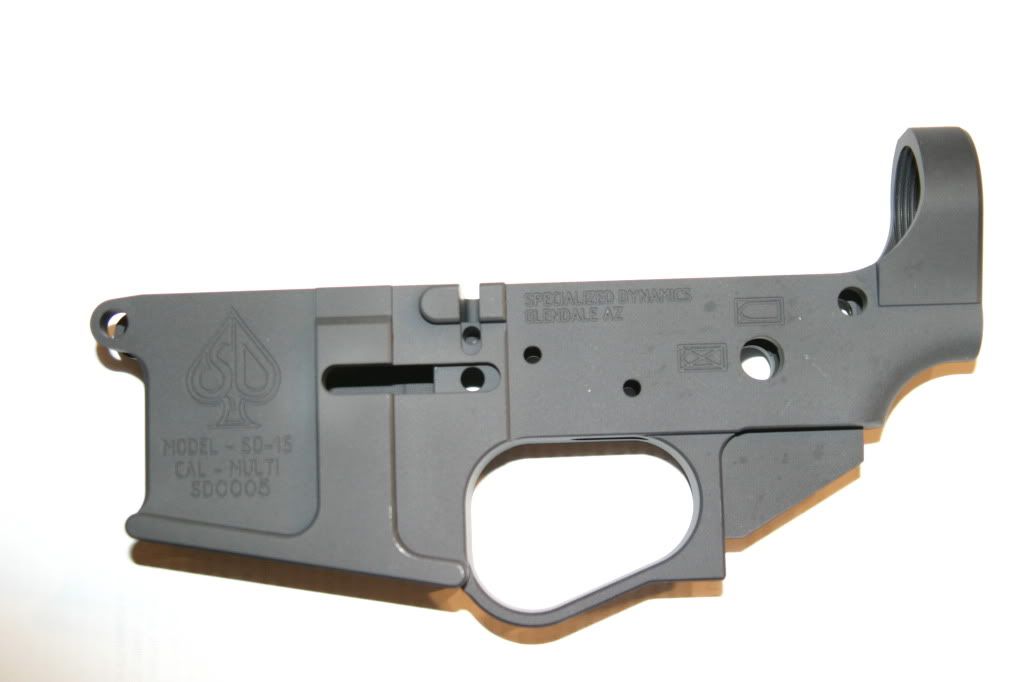The benefits of a billet lower also includes the following-
The CNC machines key off of a surface on the material that is to be machined, on billet, they key of of a "uniform" position, on forged lowers they key off of a position that is determined by the condition of the forging die used, most of these are not pristine shape and there for CNC machines key off of a spot that can vary from forging to forging.
I have seen this cause issues in more then one forged lower, as i have seen lowers from the same brand have (in our opinion) wildly different geometry in the final product.
With billet you have a much more uniform product.
And the lower can affect accuracy although it is not nearly as important as the upper. The fit of upper to lower is important, as is the geometry of the trigger group so that they can function as well as they are designed to.
On the other hand, the lower is 50% responsible for reliability. Magazine well angle, proper trigger pin geometry, bolt hold open location, proper safety selector geometry.
Now billet uppers (coming in our GEN2 line up) are a great thing, and also much more uniform then forged uppers. point in fact, we would return 80-85% of upper forgings in the past because they were not uniform enough for us, and we will continue to do so on our uppers that use forging
Now, do forged units work? yes they do, do most people never experience a problem do to them, yes definitely most never do.
However in addition to the cosmetics, and the ability to do certain things with the extra material available when making billet lowers, we also wanted them to function the best they possibly could. So we went with billet for our lowers and are adding billet uppers to the line.
(Sorry if i rambled a bit)
Thanks
Travis



